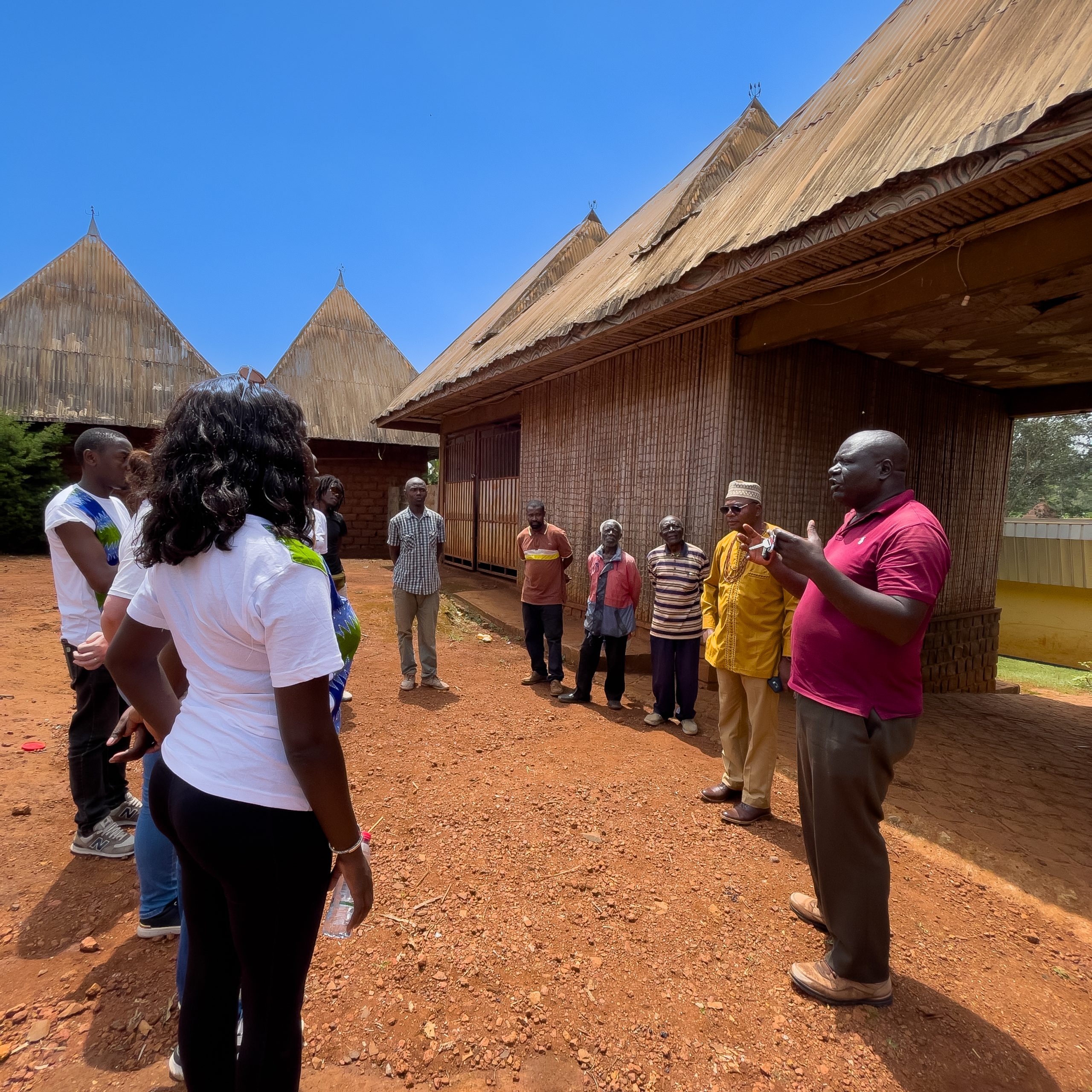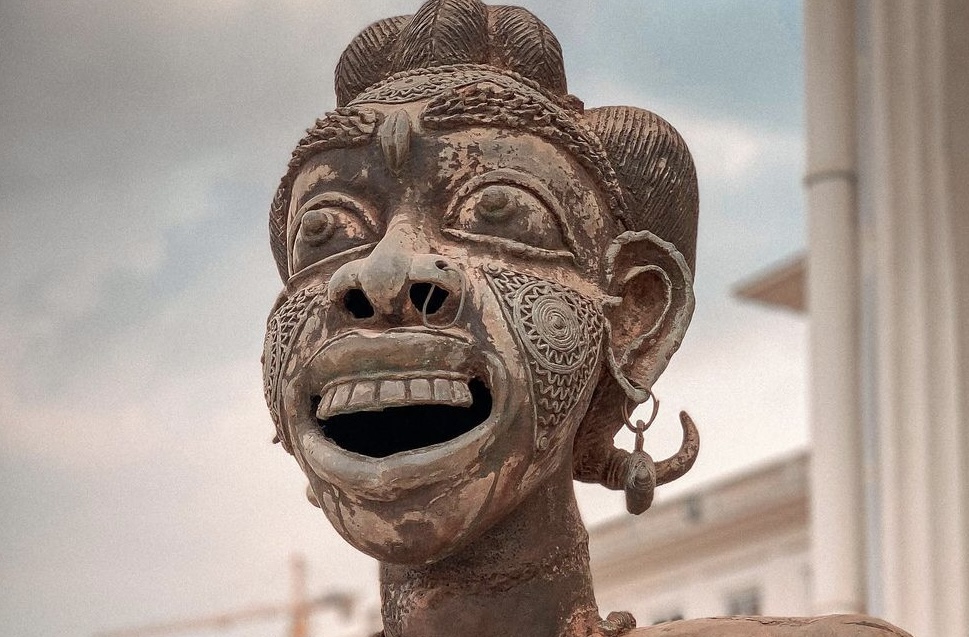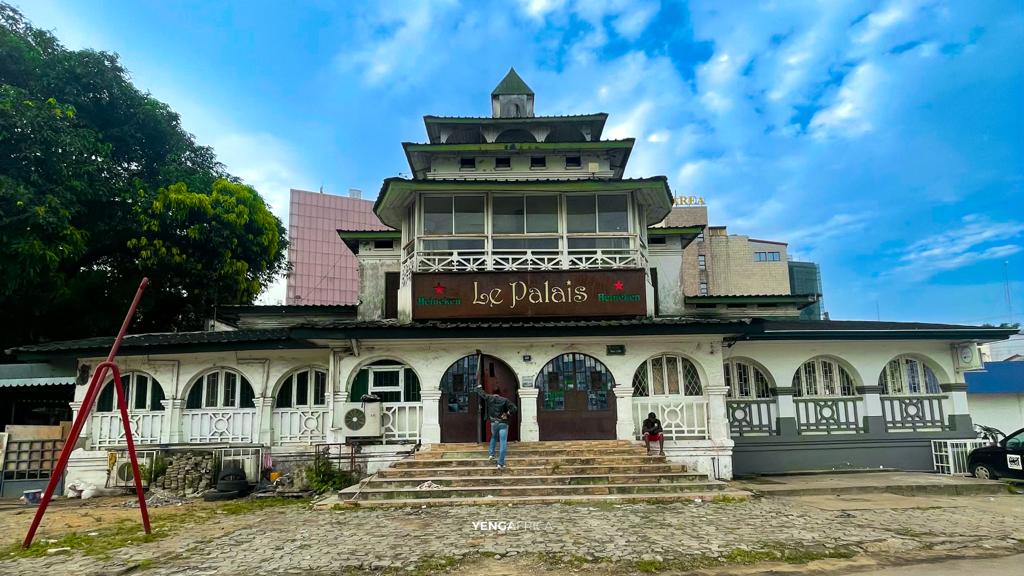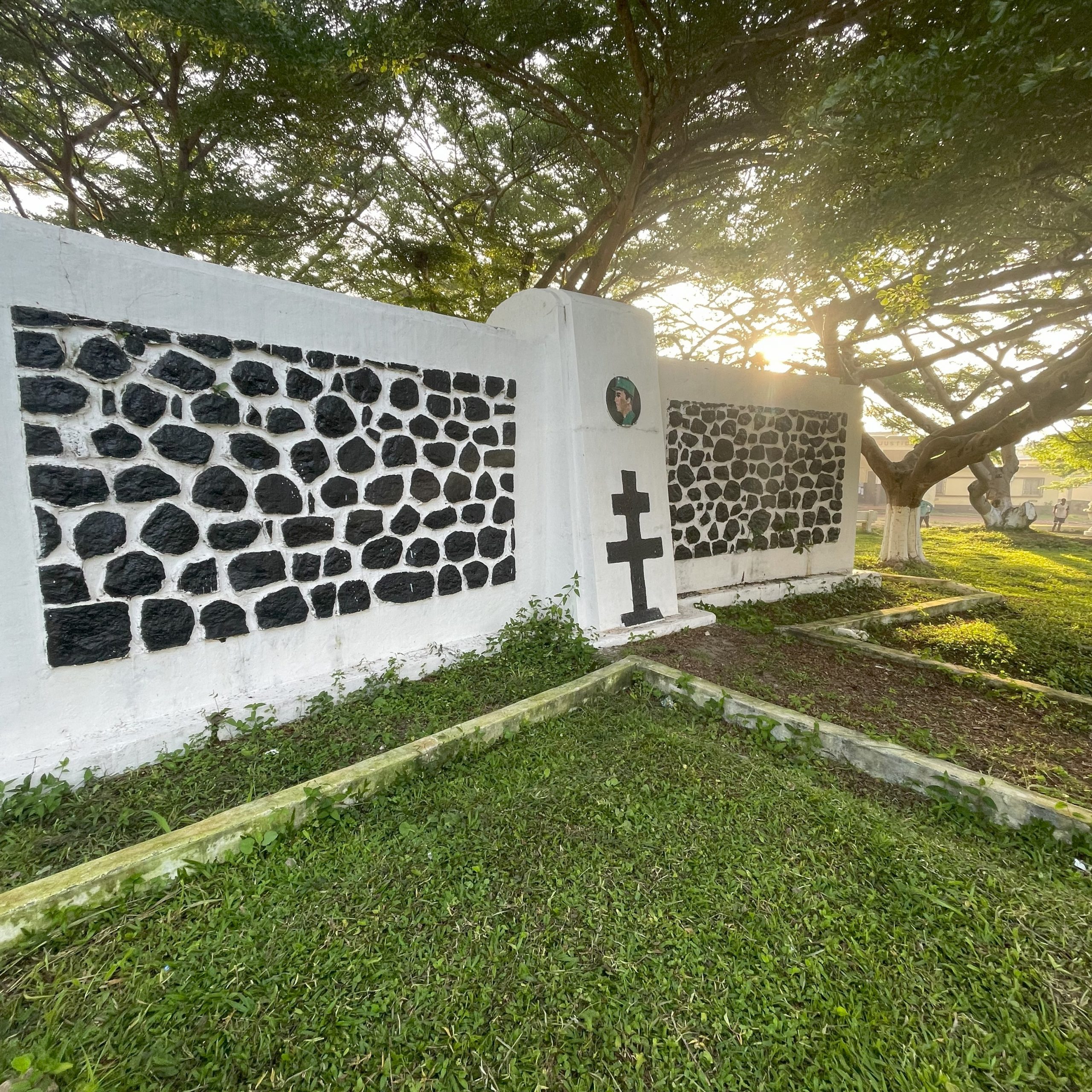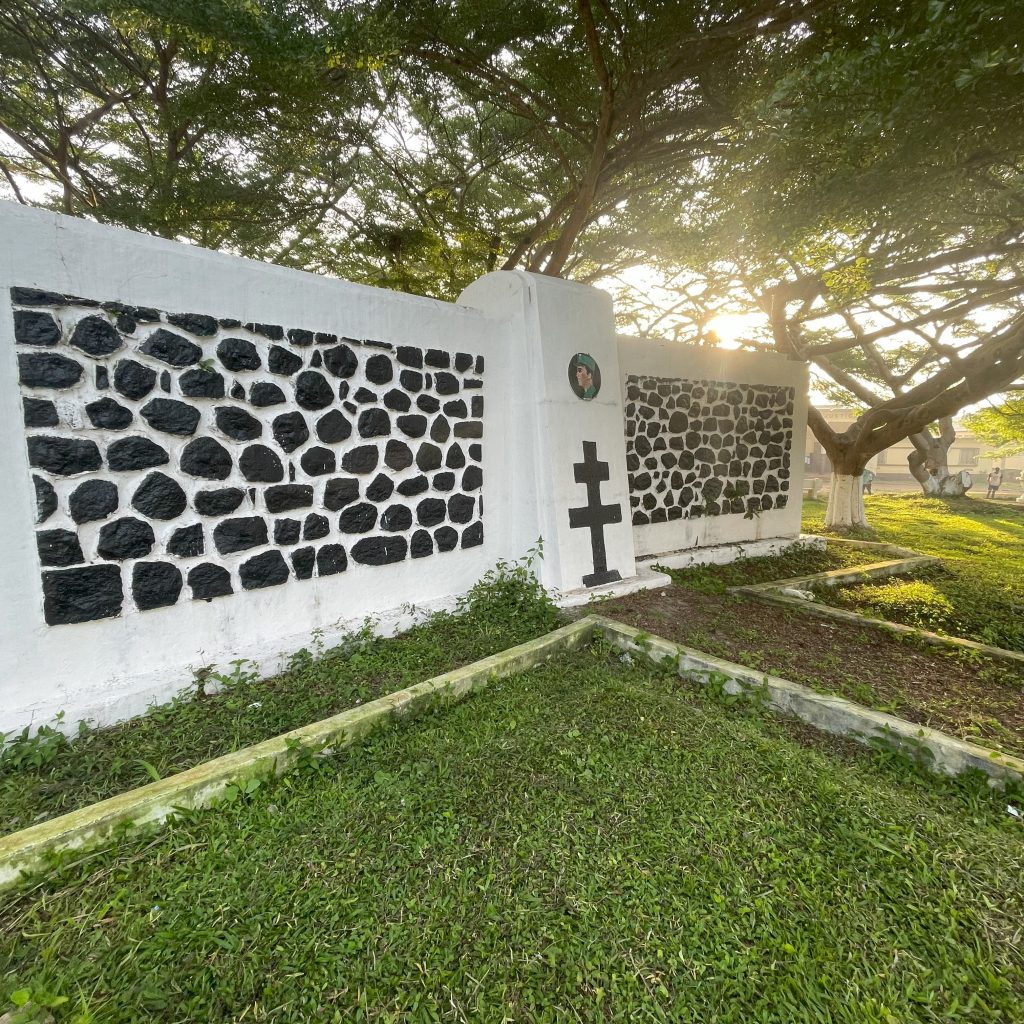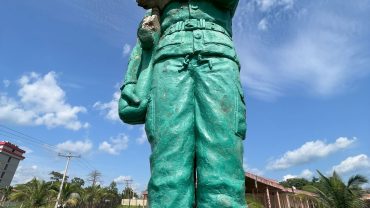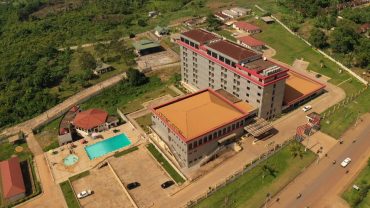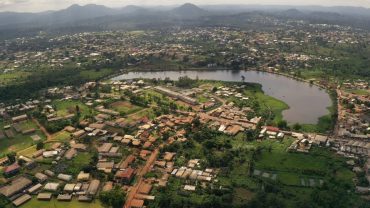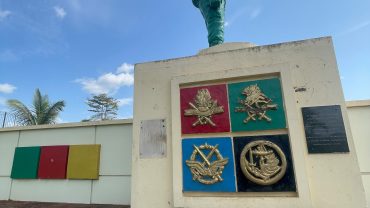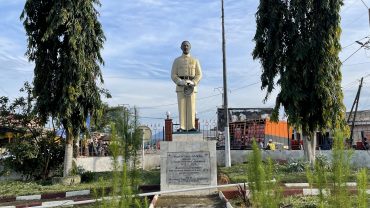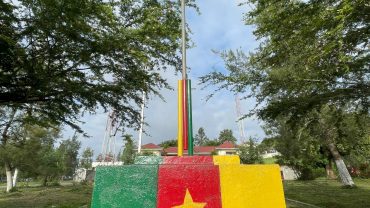The photo above is the lorain cross pictured by a tourist during an ebolowa city walking tour
The Lorraine Cross: An Introduction
At the heart of the fascinating historical narrative of Cameroon, the Lorraine Cross stands as an enduring monument, embodying the memories of a nation during the French World War II. The Lorraine Cross, a symbol embraced by General Charles de Gaulle, is a testament to the resilience of a people and a testament to the intertwined history of France and Cameroon.
The Lorraine Cross: Its Meaning and Origin
The Lorraine Cross is a heraldic symbol, originally from the Eastern European region of Hungary and influenced by ancient Byzantine Christianity. Composed of a vertical bar crossed by two horizontal bars, this symbol found its way into France, where it became inextricably linked with the region of Lorraine. The symbol gained prominence as it was adopted by Charles de Gaulle during World War II, as a direct counter to Hitler’s swastika, underlining the distinct path of the Free French forces against the collaborating Vichy regime.
A Connection to St. Joan of Arc
In the history of France, Lorraine holds a significant place not just for its role in the wars, but also as the birthplace of St. Joan of Arc, the iconic French heroine. Intriguingly, the Cross of Lorraine started to appear on numerous medallions linked to St. Joan of Arc from 1431, the year she was unjustly executed by the English. Hence, the Lorraine Cross carries with it the memory of this extraordinary woman who embodies the French spirit of resistance and freedom.
The Lorraine Cross as a Rallying Symbol
During the turmoil of World War II, when France was occupied by Nazi Germany, de Gaulle and his compatriots sought a symbol that would rally their forces and embody their resolve. The Cross of Lorraine, proposed by either Admiral Emile Muselier or naval officer Thierry d’Argenlieu, emerged as that emblem. De Gaulle, in his characteristic blend of political and religious conviction, embraced this cross, which so often housed relics of the True Cross, imbuing it with a potent combination of patriotic and religious significance.
The Lorraine Cross Monuments in Cameroon: A French Heritage?
The Lorraine Cross is more than a mere symbol for the French; it is a poignant reminder of the shared history between France and Cameroon. The Lorraine Cross monuments, located in cities such as Kribi, Douala, Yaounde, and Ebolowa, are vestiges of the French World War II, highlighting the intertwined destinies of the French and Cameroonian people.
Controversies Surrounding the Lorraine Cross Monuments in Cameroon
Today, however, these monuments stir mixed reactions among Cameroonians. Many see the Lorraine Cross as a symbol of French dominance and are indifferent to it as their heritage. Yet, others view these monuments as important markers of their ancestors’ sacrifice during the war, even demanding reparations.
The Role of the Lorraine Cross Monuments in Cameroon
As a tourist company committed to education and truth-telling, we encourage visitors to explore these monuments and understand their varied significance. Whether you are a French citizen looking to understand your history or a Cameroonian wanting to connect with your past, these monuments offer an opportunity for historical reflection.
French tourists may see these monuments as a testament to a key moment in their history, while some Cameroonians might interpret them as a silent witness to the trials their ancestors underwent. Whatever perspective one chooses to adopt, these monuments are significant historical markers, worthy of study and consideration. The Loraine monument can equally be visited during several tours in Cameroon
Conclusion
The Lorraine Cross is much more than a simple emblem; it is a living symbol that tells a tale of resilience, resistance, and shared history. Regardless of the varied perspectives, it carries profound historical significance for both the French and the Cameroonian people. As we walk down the annals of history, the Lorraine Cross reminds us of the past while encouraging us to form our own understanding. Whether we see it as a monument of oppression, a symbol of shared history, or a testament to resilience, it serves as a beacon guiding us through the complex tapestry of Franco-Cameroonian history.

